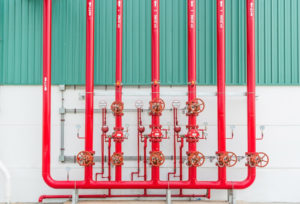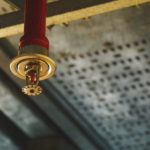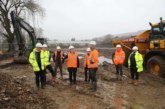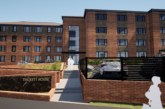Since the Grenfell Tower fire six years ago, new building and fire safety regulations have been introduced to prevent similar tragedies, and social landlords are getting to grips with a dramatically different building safety regime.
By this October, any local authority or building owner responsible for higher-risk buildings (in essence, residential buildings over 18 metres or seven storeys) must register that building with the Building Safety Regulator, or face prosecution. Estimates suggest that about 12,500 buildings will need to be registered. This involves providing information to the Regulator on the structure of such buildings, including any fire and smoke control equipment such as fire sprinklers or misters.

Fire safety in new buildings is also covered by Approved Document B of the Building Regulations, which was amended so that it matches the Building Safety Act, with the new version coming into force in November 2020.
This changed the rules on fire sprinklers, which are now required in new buildings over 11 metres in height (rather than the previous 30 metres). This also applies where construction works mean that there is a material alteration, material change of use or extensions to a building — but the regulations do not otherwise require the retrofit of sprinkler systems in existing blocks.
Many think existing buildings should have tighter regulations around fire safety and that lower-height buildings should also be considered. What do you think?
Have your say
LABM is collaborating with UL Solutions, global leaders in applied safety science, to gather your views on the regulations regarding fire sprinklers and misting systems, as well as your preparedness for the new building safety regime and what your organisation thinks about fire suppression overall.
The views you provide will be used as part of a fire suppression report by UL Solutions and LABM to be published in the autumn.
Click here to take part in the survey.










